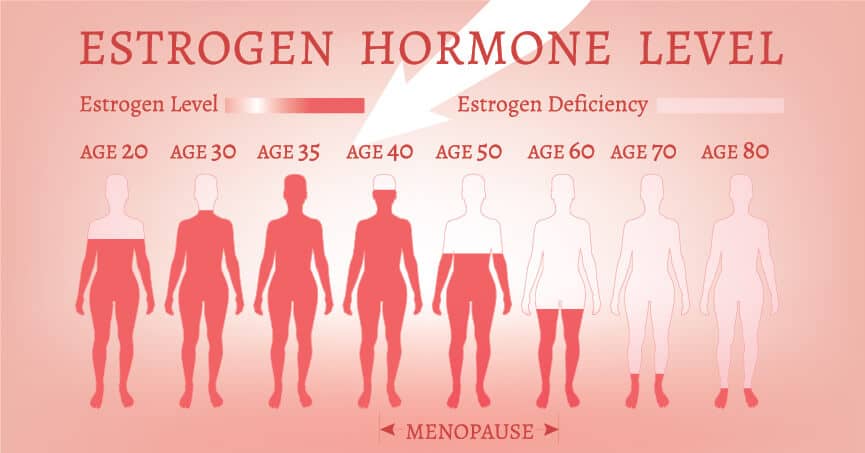Estrogen and Women’s Emotions
Estrogen is closely linked with women’s emotional well-being. Depression and anxiety affect women in their estrogen-producing years more often than men or postmenopausal women.
Estrogen is also linked to mood disruptions that occur only in women – premenstrual syndrome, premenstrual dysphoric disorder, and postpartum depression. It is not clear exactly how much estrogen affects emotion. Too much? Too little? The effect that estrogen has on a woman’s emotions is just as mysterious as the emotions. Estrogens are a group of hormones that play an important role in the normal sexual and reproductive development of women. They are also sex hormones. The woman’s ovaries make most estrogen hormones, although the adrenal glands and fat cells also make small amounts of the hormones.
How Much Estrogen is Normal?
When puberty begins, a woman’s ovaries start releasing estrogen in coordination with each monthly menstrual cycle. In the middle of the cycle levels suddenly spike, triggering the release of an egg – ovulation.
They then fall just as quickly. During the rest of the month, estrogen levels climb and fall. Normal estrogen levels vary from woman to woman. Big differences are typical in a woman on different days, or between two women on the same day of their cycles. Contrary to belief, the amount of estrogen doesn’t predict emotional disturbances.

Hormones and the Brain
Estrogen acts everywhere in the body, including the parts of the brain that control emotion. Some of the estrogen’s effects include:
- Increasing serotonin, and the number of serotonin receptors in the brain.
- Modifying the production and the effects of endorphins, the “feel-good” chemicals in the brain.
- Protecting nerves from damage, and possibly stimulating nerve growth.
Estrogen and Premenstrual Syndrome (PMS)
Up to 90% of women experience unpleasant symptoms before their periods. If symptoms are reliably severe enough to interfere with a woman’s quality of life, it’s defined as premenstrual syndrome (PMS).
PMS is present when:
- Physical and emotional symptoms occur reliably a few days before multiple consecutive menses (periods).
- The symptoms go away after completing a period and don’t occur at other times.
- The symptoms cause significant personal problems (such as at work, school, or in relationships).
- No medicines, drugs, alcohol, or other health conditions might be to blame.
Bloating, swelling of arms or legs, and breast tenderness are the usual physical symptoms. Feeling overly emotional, experiencing depression, anger and irritability, or having anxiety and social withdrawal may be present. About 20% to 40% of women may have PMS at some point in their life.
Estrogen and Premenstrual Dysphoric Disorder (PMDD)
Some women with the premenstrual dysphoric disorder (PMDD) regularly develop negative mood symptoms before their periods. Experts consider premenstrual dysphoric disorder to be a severe type of PMS.
With PMDD, mood symptoms are more severe and often overshadow physical symptoms. The emotional disturbances are significant enough to cause problems with daily life.
Estrogen appears to be involved in these mood disturbances, but nobody knows why. Estrogen levels in women with PMS or PMDD are almost always normal. The problem may instead lie in the way estrogen “talks” to the parts of the brain involved in mood. Women with PMS or PMDD may also be more affected by the normal fluctuations of estrogen during the menstrual cycle.
If you have any concerns about your body and PMS or PMDD please don’t hesitate to contact Dr. Natalia and talk about how you’re feeling.
Call 01-5645926
Email info@refineclinic.ie
You can also contact us and we’ll get back to you.









